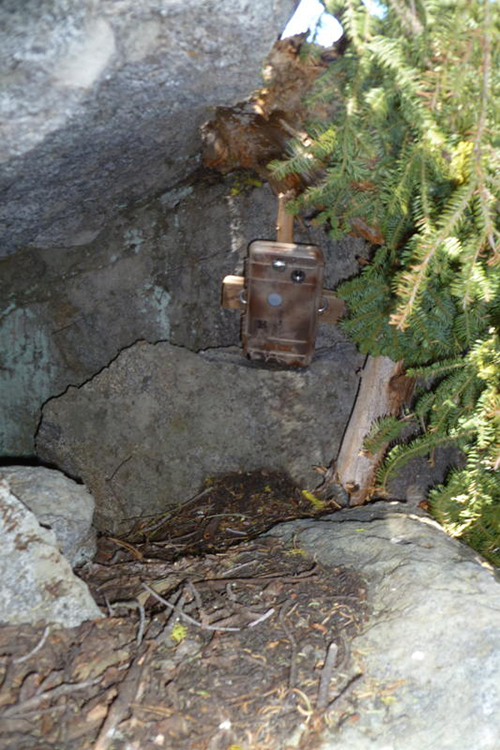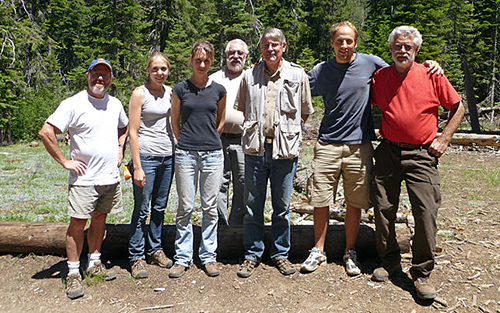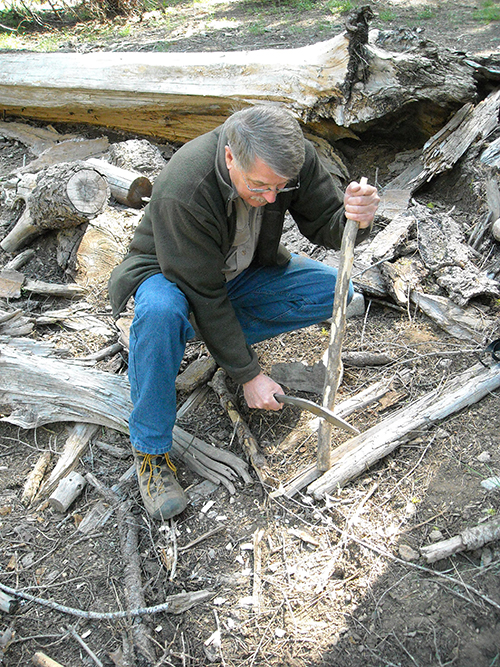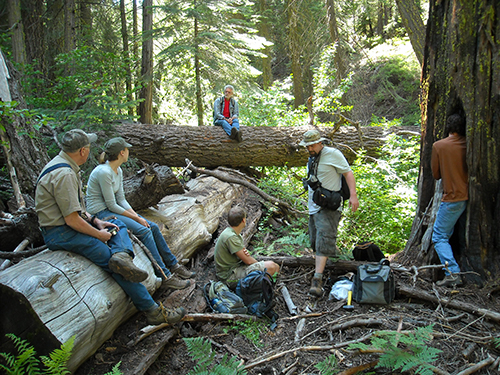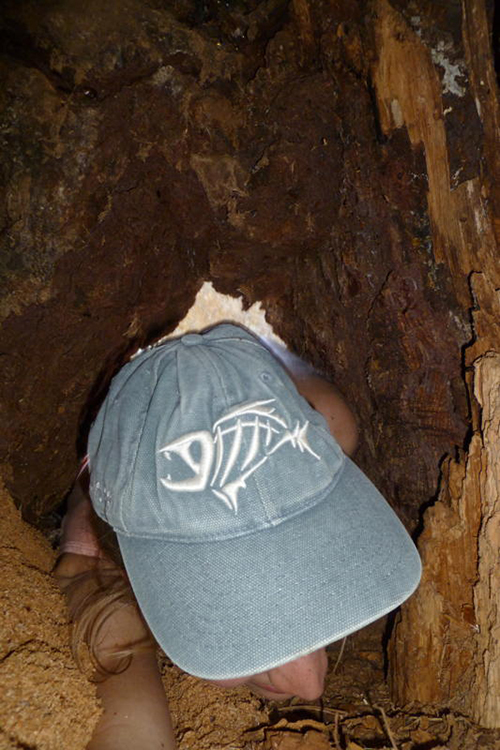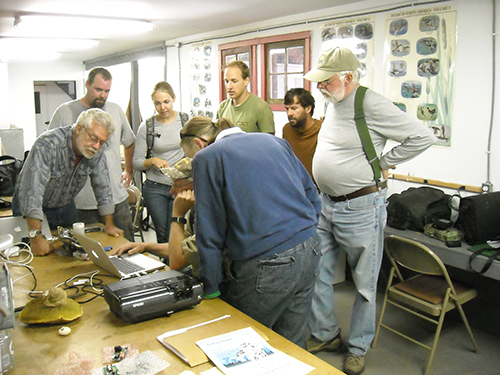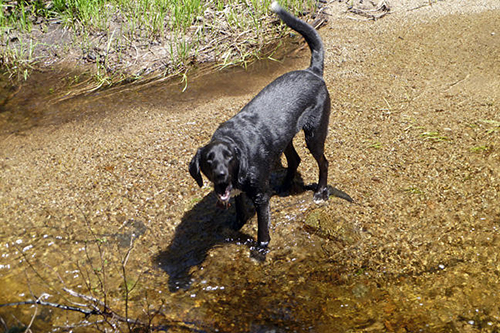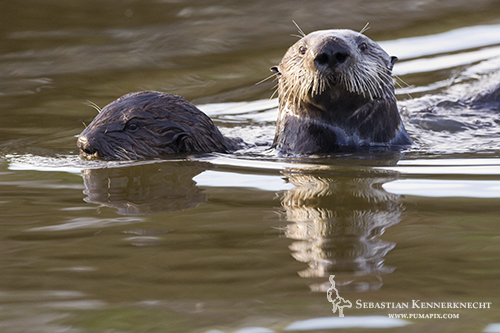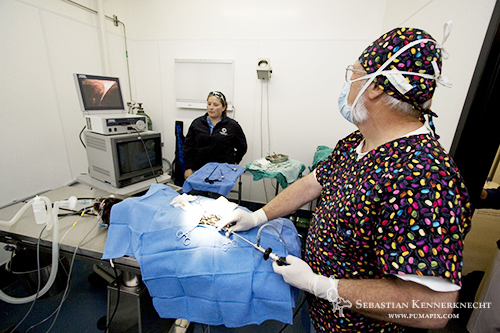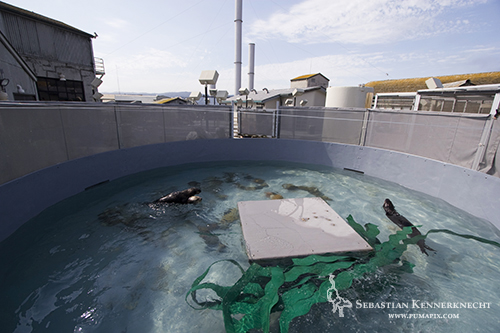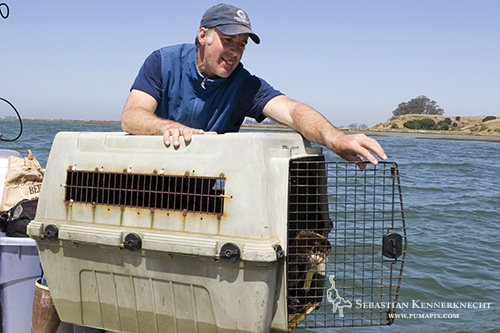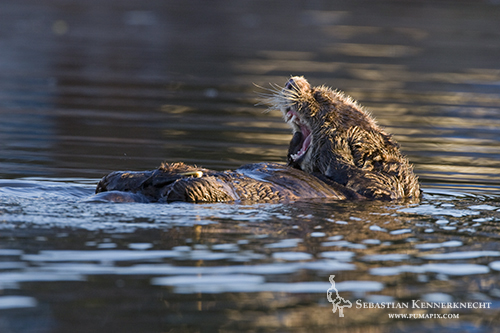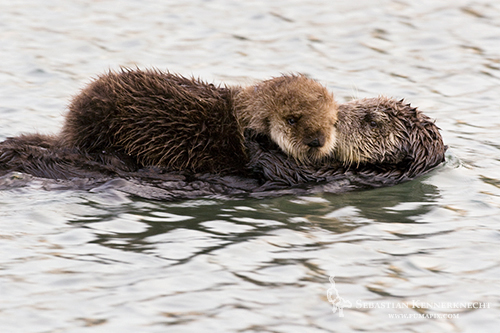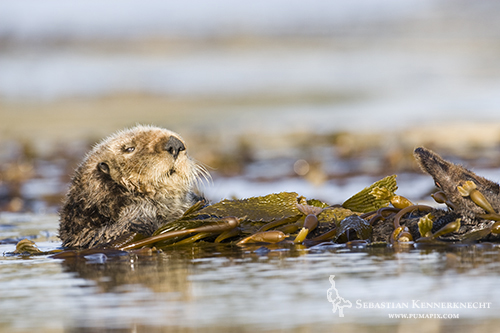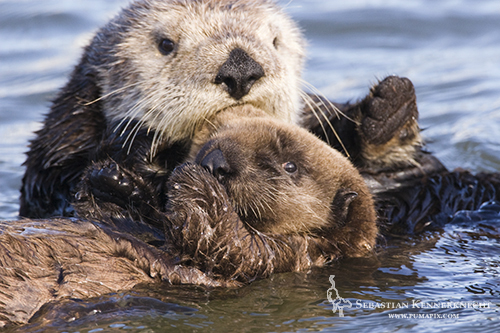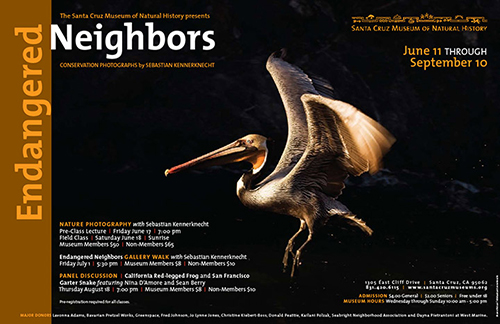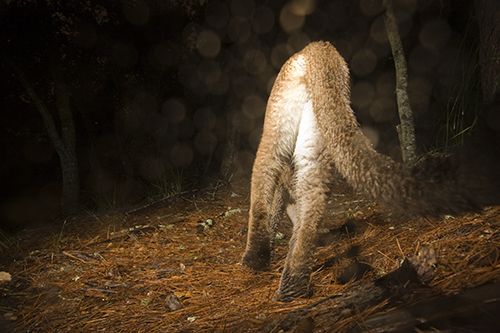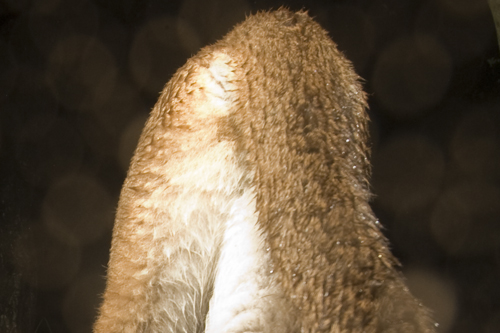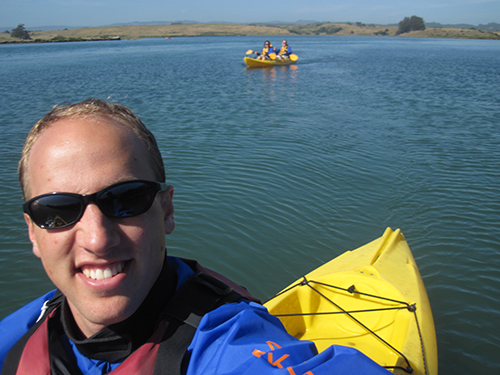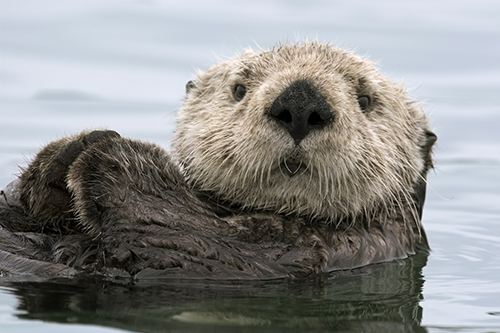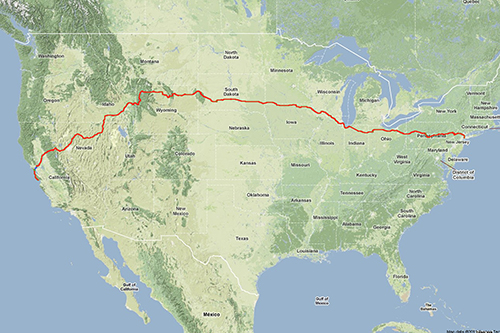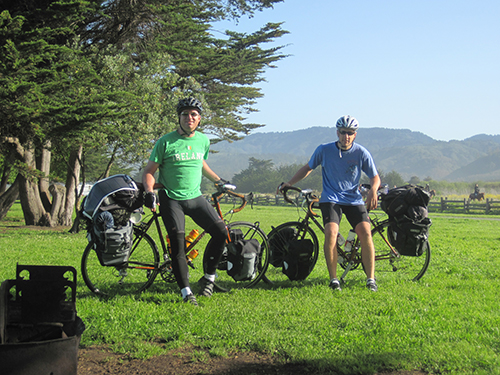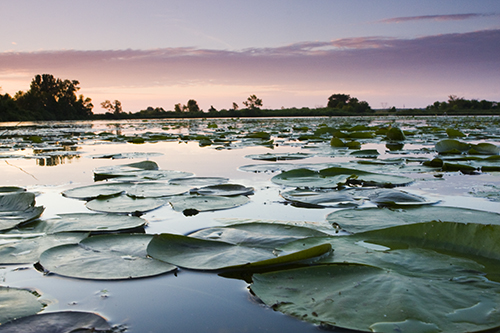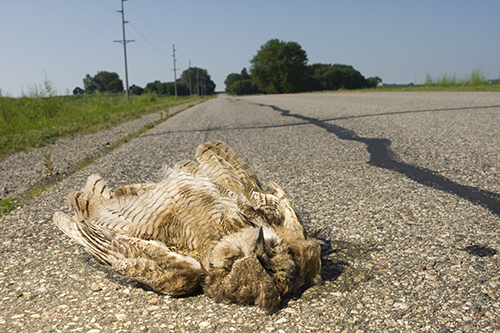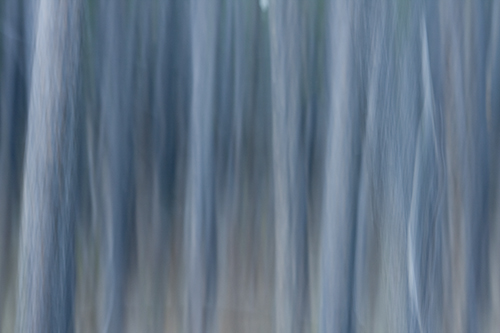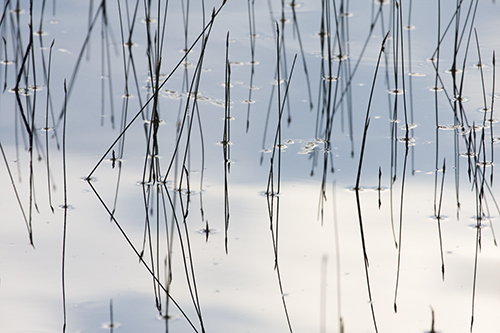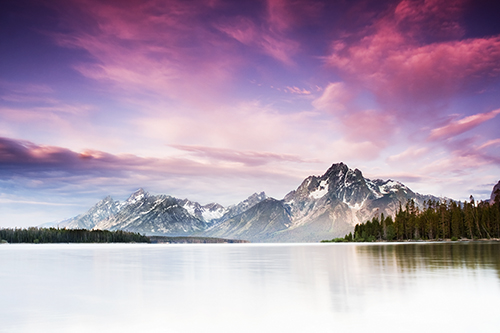Those of you interested in camera traps all have visited or should immediately go to Coder’s Camera Trapping Blog which is written by Chris Wemmer, better known as the Codger or simply Codg. Every year Codg teaches a workshop at the San Francisco State University Sierra Nevada Field Campus about everything having to do about camera trapping wildlife including the history of camera trapping, camera trap sets (what they are and what makes a good set a good set), using attractants, doing biological surveys using camera traps, building your own homebrews, and he even discusses animal psychology in regards to camera traps. How cool is that ?!?!
If you have the smallest interest in using camera traps to photograph wildlife you simply need to take this class!
Besides an immense amount of useful camera trapping knowledge, this workshop taught me some very very important lessons including:
– I need to become a far better naturalist. This is the key to all nature photography success. Chris was a Smithsonian scientist for decades, leading many exciting adventures, but most importantly he was and most definitely still is one of the most knowledgeable naturalists I have ever met. (He would never admit this of course, but trust me, its amazing all the things he knows!)
– I need to experiment more. Placing the camera in ‘obscure’ places seemed to become the theme for our workshop and it was really exciting to do so. Not only are the perspectives unique but the potential for interesting pictures is also quite high.
– oh yeah, the final lesson is to not use credit cards (still good on that account). That’s right you will not only get camera trap lessons but life lessons!
The whole experience is a blast. We had a great group of people participating in the class, people coming from all parts of life including Carl, a photographer who’s career spanned taking picture in the Vietnam War to being the director of photography at the Smithsonian (his Smithsonian photography focused on natural history as well as cultural images). Lissa, is a graduate student at SFSU using camera traps for her thesis (crazy cool, I know), and Audrey who recently graduated from SFSU is getting a lot of field and lab experience before applying to grad schools (her main interest are Coyotes so if you hear of any cool studies with these canines please let me know and I’ll pass it on to her). We even had people from past years show up, including Bill, Sean, and Ken (Ken writes another great blog, which you also need to check out), so you can see that once you take the class you are hooked!
Here are some pictures from the workshop taken by the other participants during the short span of the week we were in the Sierras. To see the images the cameras took that we placed there you will need to check Codger’s blog in about a month (I personally can’t wait!)
Enough said, time for you to head over the Codg’s blog and get fascinatingly lost in camera trapping stories. Thanks to all for making the whole week a blast!

